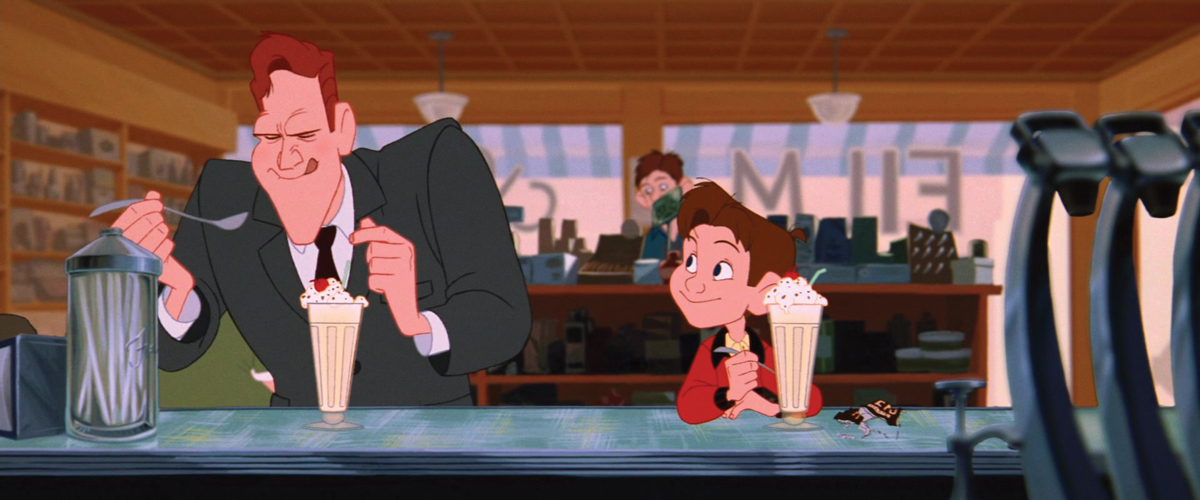
Take 2: The Iron Giant
Posted on Sep 2, 2024 by Katie Kasperson
Katie Kasperson surveys the lore behind this beloved animated classic
Often overlooked on best-of lists, though both critically and culturally celebrated, The Iron Giant – a Brad Bird project that predates The Incredibles – is an astonishing feat of animated filmmaking.
With just a sliver of the usual Disney or DreamWorks budget, Bird and his team created a cult classic which not only charms young audiences, but deftly handles more mature subjects like single parenthood, social ostracism and American militarism.
Set in the fictional seaside town of Rockwell, Maine (presumably named after Norman Rockwell, whose work partially inspired the film’s visual style), The Iron Giant centres on nine-year-old Hogarth Hughes – a smart, scrawny kid whose curiosity and disdain for authority repeatedly land him in trouble, not only with his concerned mother but also the federal government.
After Hogarth discovers a giant metal man in the woods, he befriends said giant, teaches it English and hides it with the help of local beatnik Dean McCoppin – all while trying to keep agent Kent Mansley off his tail.

The Iron Giant is the product of grief – both that of Bird, who lost his sister to gun violence, and Ted Hughes, whose novel The Iron Man inspired the screenplay. As with most adaptations, Bird changed a few details, including the setting (small-town New England amid the Cold War) and the characters (Dean and Kent don’t appear in the source material), making the story more concise. The film’s leading message successfully landed the pitch with Warner Bros: ‘What if a gun had a soul, and didn’t want to be a gun’?
Warner Bros set a tight schedule, giving Bird and co-writer Tim McCanlies just three months on the script, with a limited budget to match. Despite a lack of resources, the animation team wholly dedicated itself to the project – taking research trips to Maine, creating detailed storyboards and having animators work by scene rather than by character. Bird even recruited students from CalArts to help spread the workload. The result is a film of passion and masterful execution.
Due to Quest for Camelot’s (1998) commercial failure, Warner Bros dropped the ball on The Iron Giant’s marketing, wanting to avoid a repeat flop by an animated feature yet manifesting another misfire all the same. While the film cost between $50 and $70 million to make (classing it as lower-budget), it globally grossed a mere $31.3 million – despite performing exceptionally well in test screenings and garnering ‘universal acclaim’, according to Metacritic.
But audiences know a good story when they see one, and The Iron Giant is led by a tight narrative and a timeless moral. The film went on to win nine Annie Awards and find success financially in its home video release. Cartoon Network bought the TV rights in 2000, airing the film for 24 consecutive hours on select national holidays. The titular giant itself appears in Futurama, Space Jam: A New Legacy and Ready Player One – evidence of the film’s ongoing cultural impact.
“Souls don’t die,” says Hogarth, and The Iron Giant’s has certainly lived on.
This feature was first published in the August 2024 issue of Definition.







